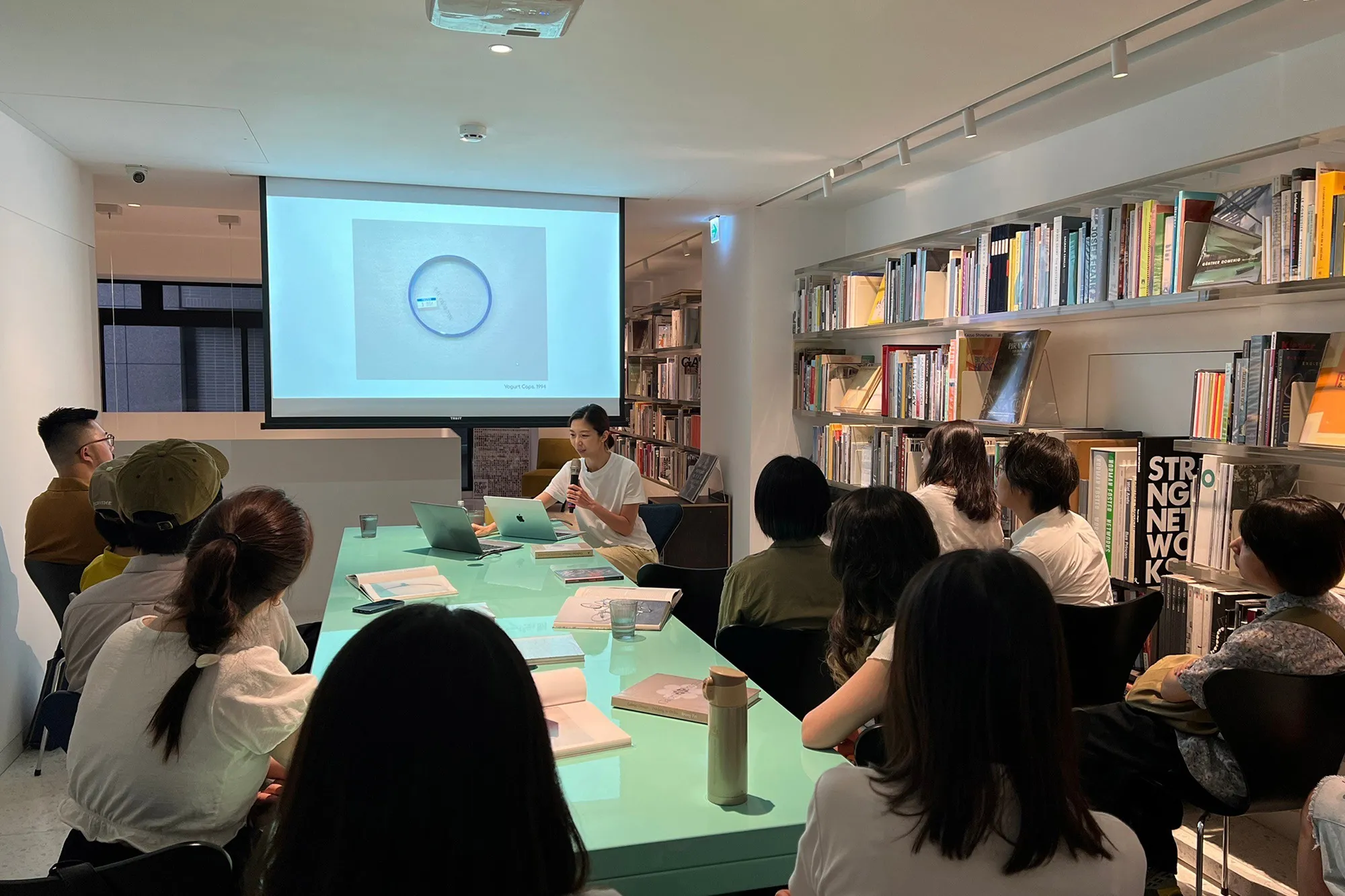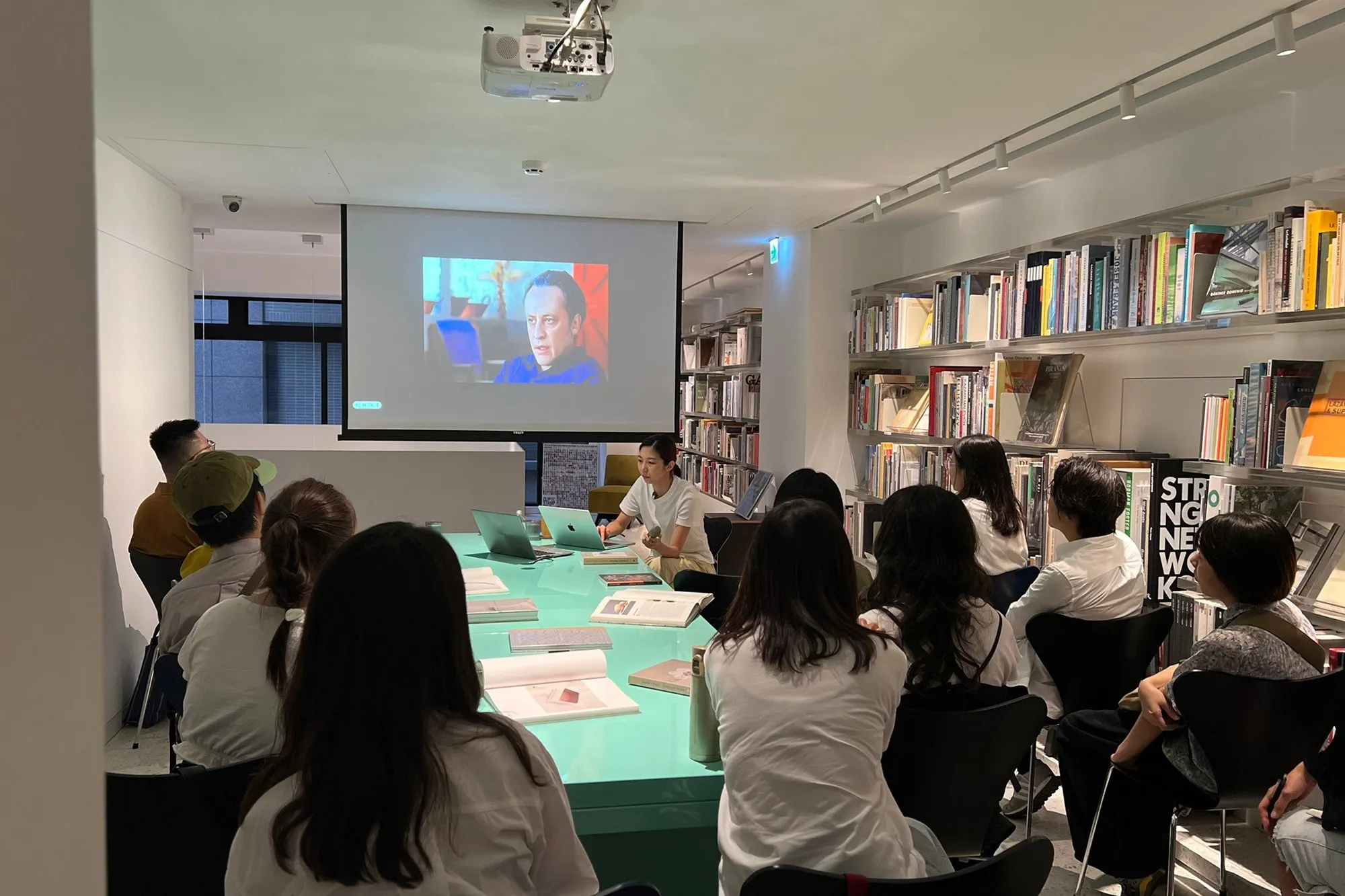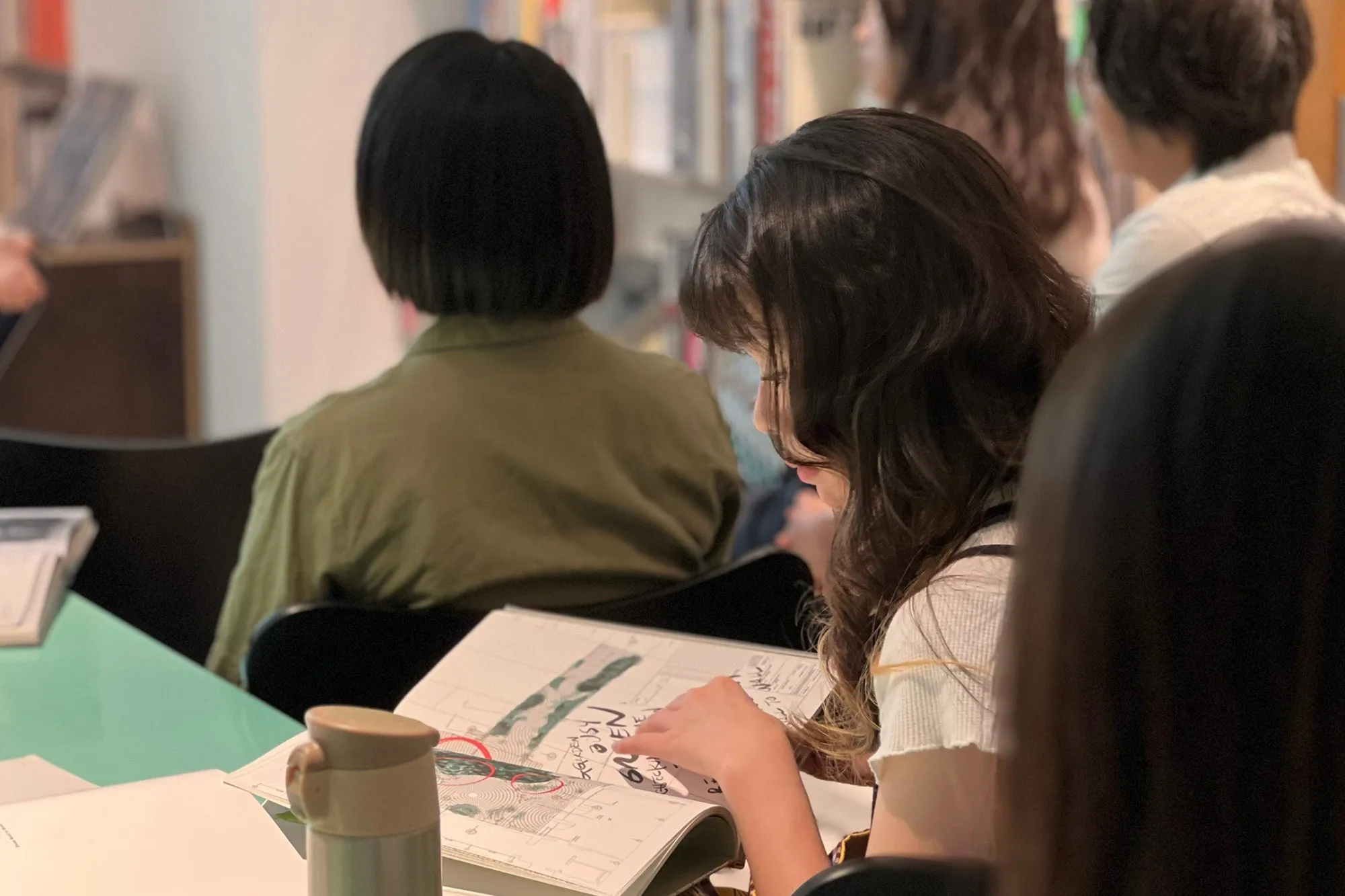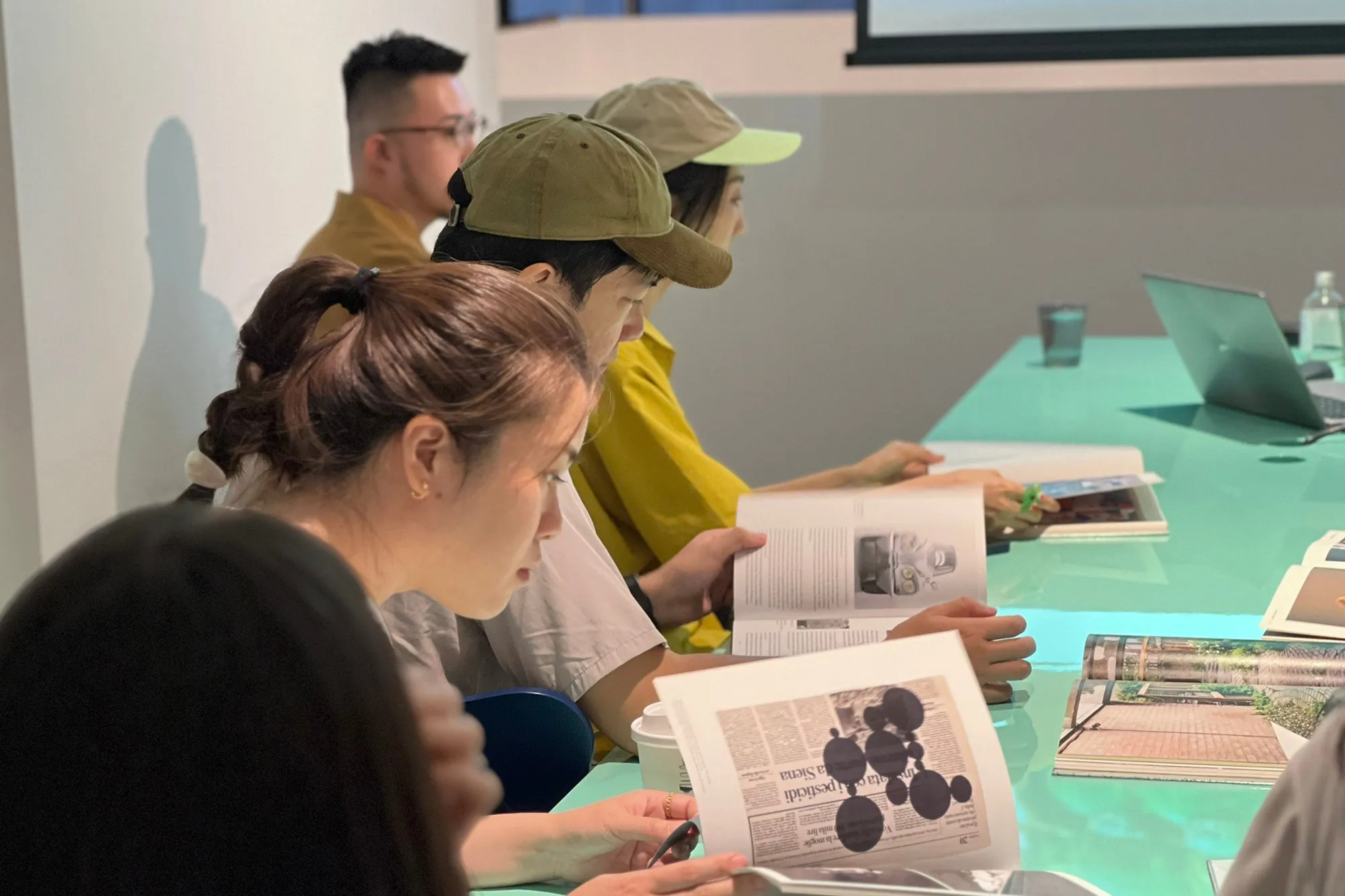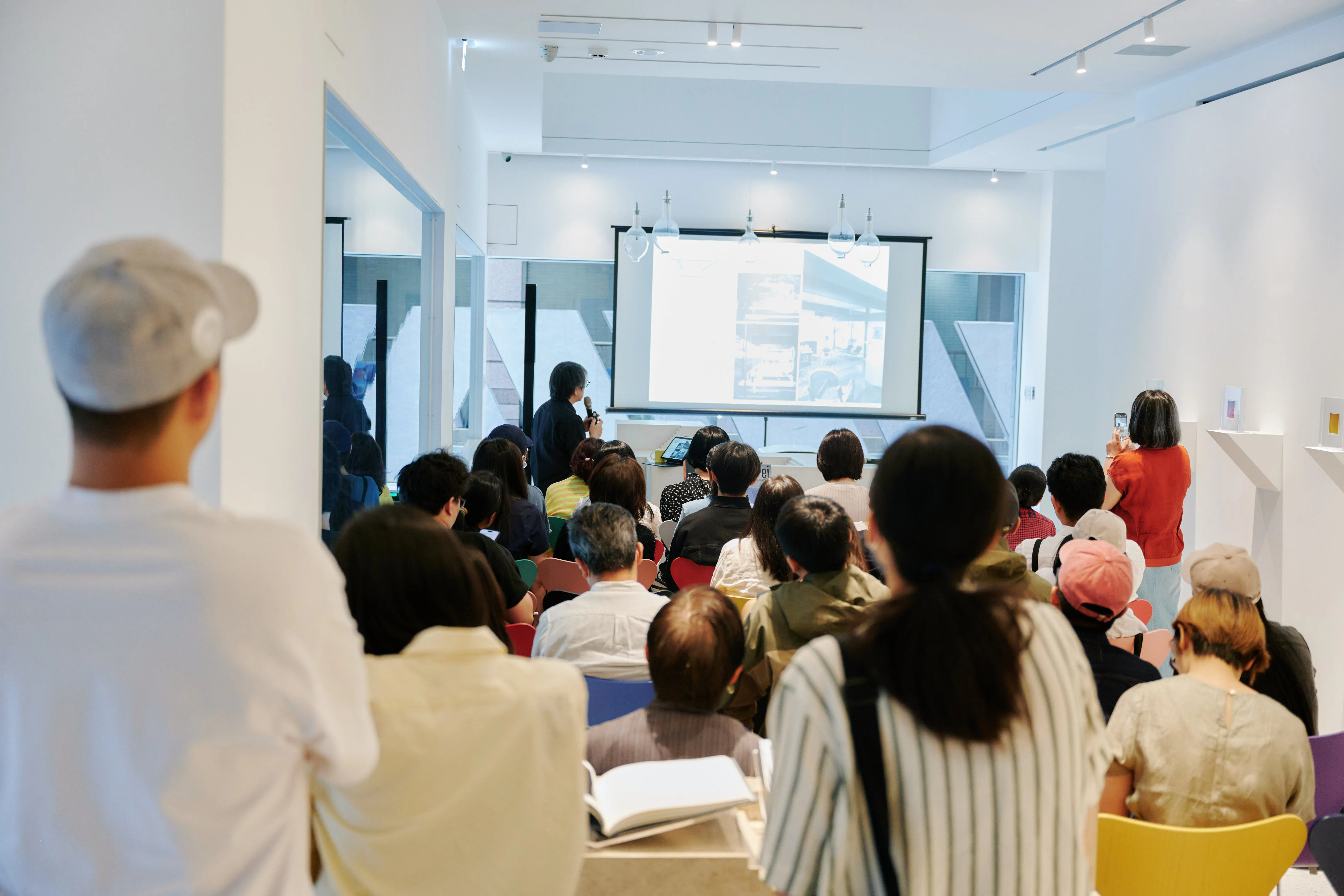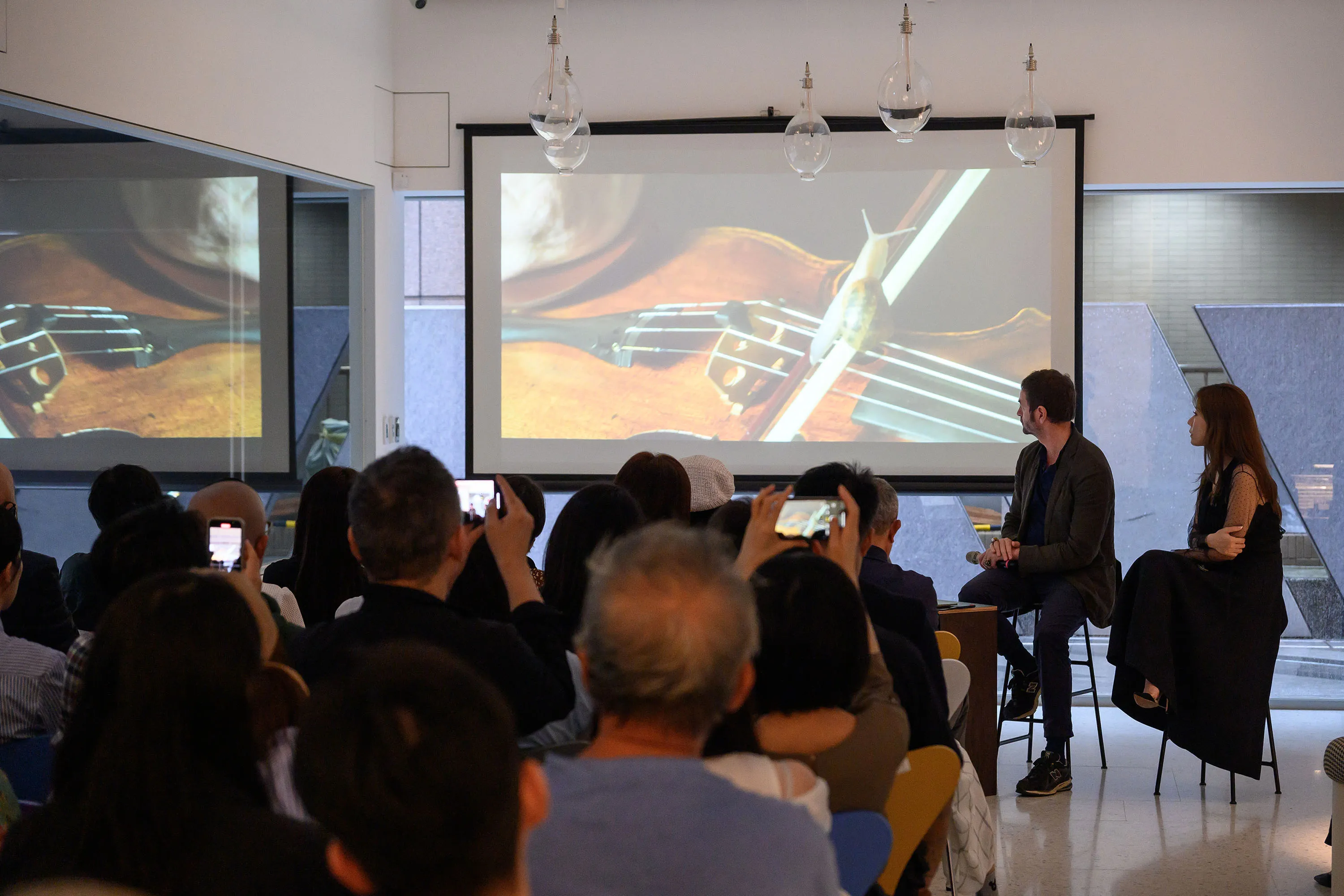
Atelier Talk | Encountering the Everyday — Exploring Gabriel Orozco’s Creative Philosophy
Speakers
Yi-Chiu Chen, Co-founder of Ponding bookstore
Locations
Winsing Art Place (1/F. 6, Lane 10, Lane 180, Section 6, Minquan East Road, Neihu District, Taipei City)
Fees
$350 (including bookstore entrance fee, one drink)
Ages
Unrestricted
Introduction
“I don’t like going very far from my home with the purpose of making a work of art. I hate the exotic in this sense. I want my art to be close to me and I want to be close to what surrounds me.”- Gabriel Orozco
“I don’t like to travel too far from home for the sake of so-called creation. I hate the exoticism that this way of working brings. I want my art to be close to me, and I also want to be close to everything around me.” Mexican artist Gabriel Orozco once said that he does not have a permanent, fixed studio; letting his works face the street, face reality, and face what is happening in the present is the way he develops his art. Orozco travels frequently, and his nomadic life deeply influences his creations. Whether in ready-mades, photography, painting, sculpture, or installation, his works contain traces of childhood and everyday life. Orozco excels at viewing familiar things in new ways, creating insightful works that explore the relationships between people, objects, and space.
This time, the Winsing Arts Foundation will invite Chen Yi-Chiu, co-founder of Ponding Bookstore, to be the keynote speaker at the first expert lecture of Gabriel Orozco’s solo exhibition. Chen Yi-Chiu will focus on Orozco’s early works, including photography and ready-mades, extending to the artist’s large-scale sculptures and installations, to talk about the everydayness and ordinariness in his works, as well as his creative philosophy, attempting to unravel the creator’s intentions and the plain yet captivating qualities within the works. Chen Yi-Chiu will also share with the audience about Orozco’s large-scale retrospective held at Tate Modern in London in 2011, reflecting on the poetic and philosophical aspects of the works, as well as the exhibition space, to consider the relationship between the works themselves and the viewers.
Event Recap
“For Orozco, the medium is not the message. The medium is more like the action itself. In doing these things, what they pursue is a release from the work, and through that release, they can deepen the meaning contained in their work.” - Yi-Chiu Chen
When speaking of “philosophy,” Chen Yi-Chiu, director of Ponding Bookstore, tried to draw on the experience of meditation to discuss Orozco’s creation, and used the book Gabriel Orozco: Written Matter as the thread of the lecture. This book, through extensive writing, presents the artist’s self-questioning and inner sorting, and through such a process of sorting, the works are purified and simplified.
Orozco’s artistic practice spans sculpture, installation, painting, and photography. Yi-Chiu opened the lecture with two photographic works, Cats and Watermelons and Five Problems, to discuss his early practices and the sculptural qualities within photography. Yi-Chiu also shared many interesting stories from the artist’s creative process recorded in the book, and extended from photography to sculpture. For example, since Orozco was a racing fan from childhood, he imagined the image of a car on the road being cut in half, which led to the creation of his iconic sculpture La DS. Yielding Stone was made by rolling a lump of clay everywhere he went for three to four months, leaving behind the traces of its movement. As for Yogurt Caps, his first work shown in a commercial gallery, Orozco once said: “I want to disappoint those who are waiting for a surprise. When you make a decision, someone will be disappointed, because they think they know you. Only then can poetry happen.” This work created a strong sense of shock in the exhibition space at the time. Yi-Chiu also mentioned that in Black Kites, the skull serves as a vessel carrying the image of the spirit.
The lecture also moved from the early concepts of circularity and motion in sculpture to the topic of play, mentioning works like the elliptical billiard table and ping pong pieces, as well as creations evolving from circular motion. Through the method of setting up rules, a kind of system is sequentially formed, making flat paintings seem as if they can rotate and extend endlessly. At the end of the lecture, Yi-Chiu shared several of Orozco’s notes, responding to his initial photographic intentions or creative concepts: “I feel that although he is not a photographer, he thinks about the meaning of photography in a very pure way.” Yi-Chiu continued: “The words Orozco writes are like poetry, yet they seem to have no rules or reasoning. The sentence he says most often is ‘Art is a verb.’” Orozco tries to open himself up, maintaining an intimate relationship with everything, believing in the things surrounding him, and using them to discuss his relationship with the world.

